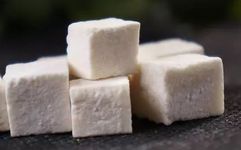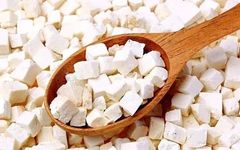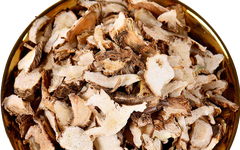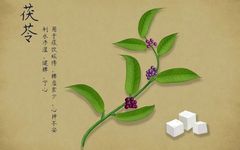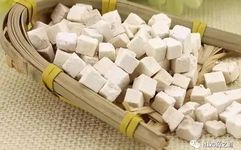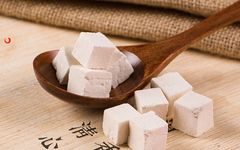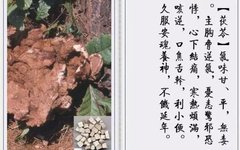Daily Herb | Poria
Excessive internal dampness is not a pleasant condition, manifesting in symptoms such as difficulty urinating, edema, phlegm retention, dysuria, leukorrhea, damp bi syndrome, and eczema, all of which are indicative of dampness accumulation within the body. This water and dampness, though different in name, are of the same nature. Water is the accumulation, while dampness … Read more

